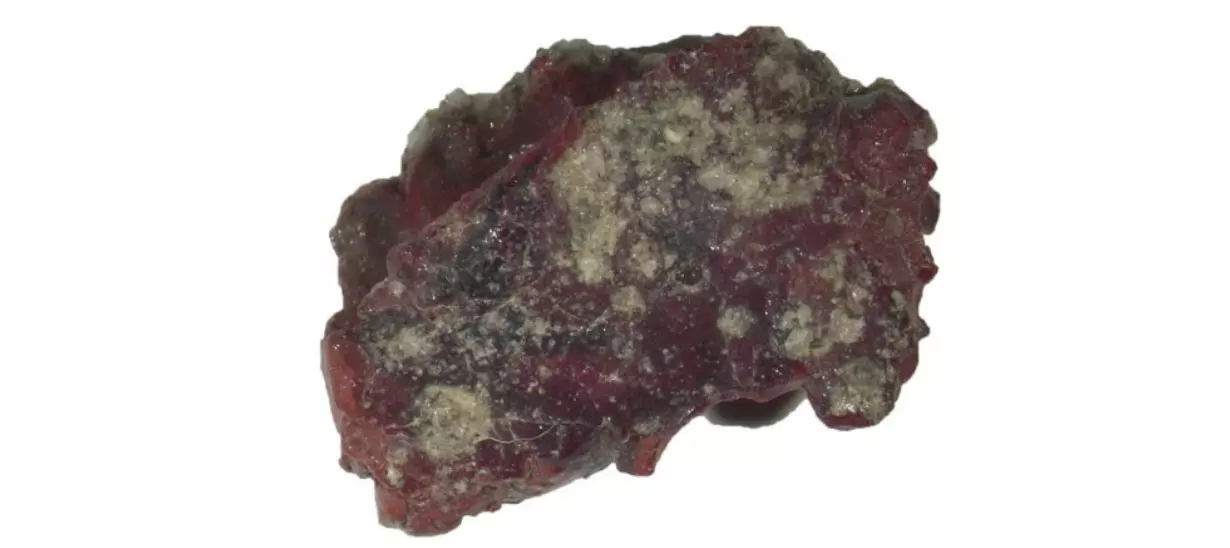Intriguing Quasicrystal found in 'Trinitite' from world's first nuclear bomb test
In the early hours of July 16, 1945, history took a pivotal turn with the detonation of the world's inaugural nuclear bomb
image for illustrative purpose

In the early hours of July 16, 1945, history took a pivotal turn with the detonation of the world's inaugural nuclear bomb, known as the Trinity test, in New Mexico. The explosion's aftermath, marked by a colossal energy release, created a unique mineral called trinitite from fused tower remnants, copper, asphalt, and desert sand.
Decades later, scientists investigating a fragment of red trinitite uncovered an astonishing secret—a quasicrystal, a form of matter once deemed impossible due to its unconventional atomic arrangement. Quasicrystals, characterized by a non-repeating pattern of atoms, typically form under extreme conditions rarely found on Earth.
Geophysicist Terry Wallace of Los Alamos National Laboratory explained, "They require a traumatic event with extreme shock, temperature, and pressure. We don't typically see that, except in something as dramatic as a nuclear explosion."
Traditionally, crystals adhere to a lattice structure rule, but quasicrystals defy this norm. The team, led by geologist Luca Bindi from the University of Florence, scrutinized red trinitite samples, specifically targeting the rarer form due to its copper content. Analysis revealed a remarkable 20-sided grain of silicon, copper, calcium, and iron—a quasicrystal with a five-fold rotational symmetry impossible in conventional crystals.
"This quasicrystal is magnificent in its complexity - but nobody can yet tell us why it was formed in this way," said Wallace. The discovery, representing the oldest known anthropogenic quasicrystal, hints at potential natural pathways for quasicrystal formation, such as fulgurites from lightning strikes or materials from meteor impact sites.
The research not only sheds light on the unique formation of quasicrystals but also holds implications for understanding nuclear tests globally. Studying minerals from nuclear testing sites could aid nuclear forensics, providing lasting insights into the thermodynamic properties of quasicrystals, ultimately contributing to efforts to curb nuclear proliferation.
"Understanding other countries' nuclear weapons requires that we have a clear understanding of their nuclear testing programs," emphasized Wallace. "A quasicrystal that is formed at the site of a nuclear blast can potentially tell us new types of information - and they'll exist forever."

